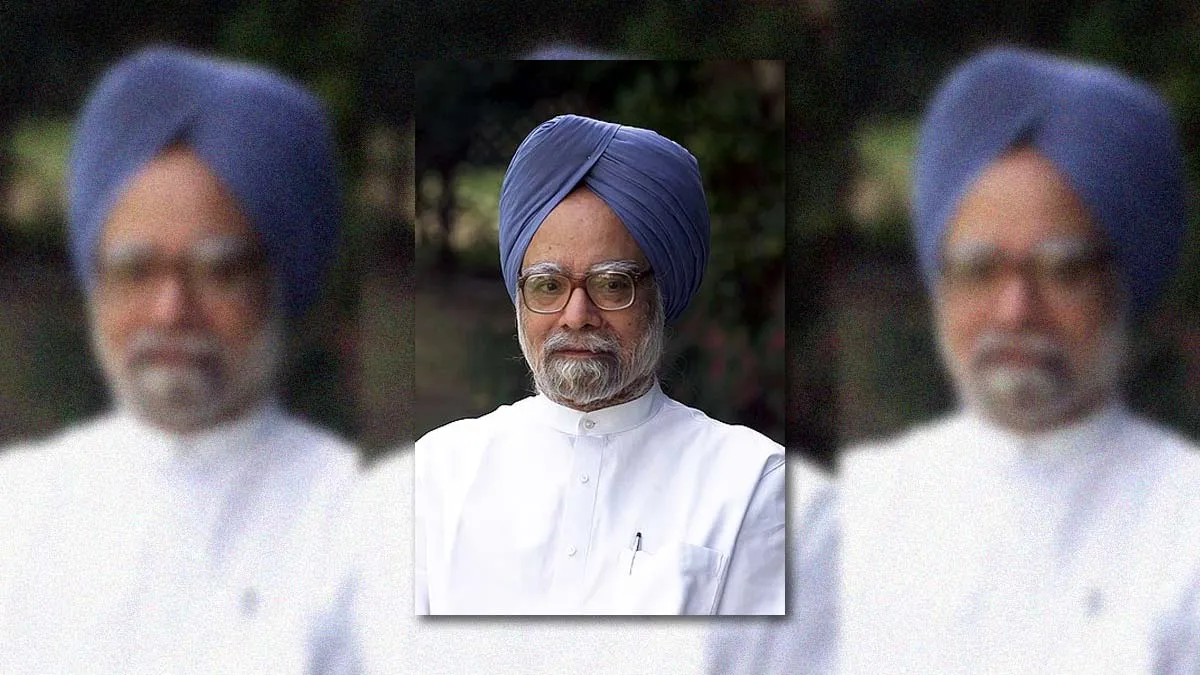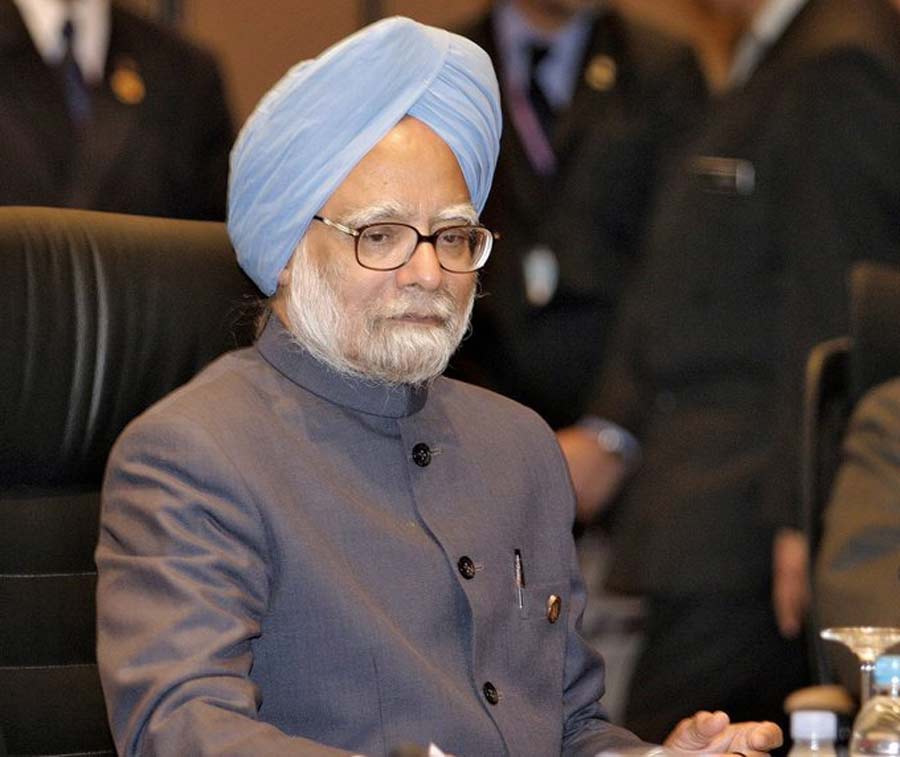
Manmohan Singh's Demise: 3 Key Reforms By The Former Prime Minister That Redefined India's Economy
“I honestly believe that history will be kinder to me than the contemporary media, or for that matter, the Opposition parties in Parliament,” Dr Manmohan Singh famously remarked in 2014, towards the end of his second term as Prime Minister. These words hold significant meaning today as the nation mourns the passing of its former Prime Minister and Finance Minister, who died at the age of 92 in New Delhi.
The government has announced that Singh will receive full state honours for his final rites, and a period of national mourning for seven days will be observed. Congress-led states like Karnataka and Telangana have also declared December 27, 2024, as a holiday.
As we remember the life and contributions of the former Prime Minister, let’s reflect on the key moments and reforms that marked his tenure.
3 Key Reforms By Dr Manmohan Singh During His Tenure
Former Prime Minister Manmohan Singh was born on September 26, 1932, in a village in the Punjab province of undivided India. He completed his Matriculation exams at Punjab University in 1948. His academic journey then took him to the University of Cambridge in the UK, where he earned a First Class Honours degree in Economics in 1957.
Dr Singh continued his studies with a D.Phil. in Economics from Nuffield College, Oxford University, in 1962. His book, ‘India’s Export Trends and Prospects for Self-Sustained Growth’ critiqued India’s inward-looking trade policy and highlighted the need for more open economic engagement, as noted on the official website of the Prime Minister of India.
1
2
3
4

During his time in office, Dr Singh introduced several transformative reforms that reshaped India's economic trajectory and future.
When Dr Manmohan Singh was appointed Finance Minister in 1991 by Prime Minister Narasimha Rao, India was on the edge of an economic crisis. The country’s foreign exchange reserves had fallen to dangerously low levels, barely enough to cover a few weeks' worth of essential imports like oil and fertilisers. Inflation was surging, the fiscal deficit was widening, and India faced a critical balance of payments crisis.
Don't Miss: 4 New Income Tax Rule Changes Happening From October 1, 2024
As noted by the Indian National Congress, in July 1991, Dr Singh concluded his budget speech with the inspiring words, "No power on earth can stop an idea whose time has come. I suggest to this august House that the emergence of India as a major economic power in the world happens to be one such idea.” This marked the beginning of his vision for India's economic transformation.
Dr. Singh’s reforms focused on liberalisation, privatisation, and globalisation, fundamentally altering the Indian economy. Some of the key reforms during his tenure include:
Devaluation of the Rupee and Trade Liberalisation
In July 1991, the Reserve Bank of India pledged 46.91 tonnes of gold to the Bank of England and the Bank of Japan in exchange for $400 million, helping to stabilise the immediate economic crisis. Dr Singh then devalued the rupee, making Indian exports more competitive globally. He also reduced import tariffs and dismantled trade restrictions, enabling India to better integrate with the global economy.
Industrial Policy Reforms: Abolishing the Licence Raj
On July 24, 1991, Dr Singh unveiled a new industrial policy that ended the restrictive 'Licence Raj.' Previously, industries needed government approval for most operations, including expansion and production.
The new policy deregulated almost 80% of the industrial sector, cutting the number of industries reserved solely for the public sector from 17 to 8. This shift fostered private enterprises and attracted foreign investment, driving industrial growth and creating job opportunities.
Banking and Financial Sector Reforms
Dr Singh's reforms also extended to India’s financial sector. Following the recommendations of the Narasimham Committee, he reduced the statutory liquidity ratio (SLR) from 38.5% to 25% and lowered the cash reserve ratio (CRR) from 25% to 10%. These measures enabled banks to lend more easily, thereby promoting economic growth. Licencing requirements for bank branches were relaxed, and interest rates were deregulated, creating a more competitive and efficient banking system.
Dr. Manmohan Singh Ji and I interacted regularly when he was PM and I was the CM of Gujarat. We would have extensive deliberations on various subjects relating to governance. His wisdom and humility were always visible.
— Narendra Modi (@narendramodi) December 26, 2024
In this hour of grief, my thoughts are with the family of… pic.twitter.com/kAOlbtyGVs
Under Dr Singh’s leadership, India achieved its highest growth rate in history, averaging 7.7% and transforming into a nearly two trillion-dollar economy, as per the Indian National Congress website. These reforms set the stage for India’s rise as a global economic power.
The former Prime Minister has made a lasting impact as a dignified politician who played a pivotal role in shaping the nation's economy with his bold initiatives.
Keep reading Herzindagi for more such stories.
Credits: Indian National Congress/PM Modi Twitter
Also watch this video
Herzindagi video
1
2
3
4